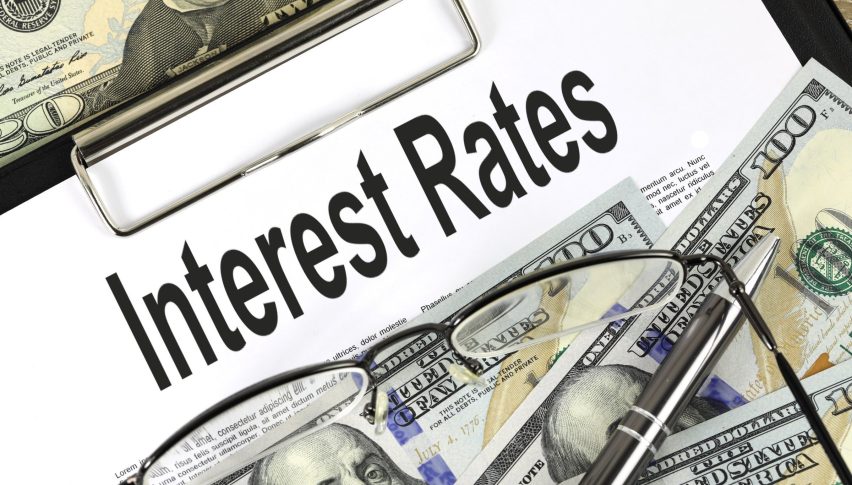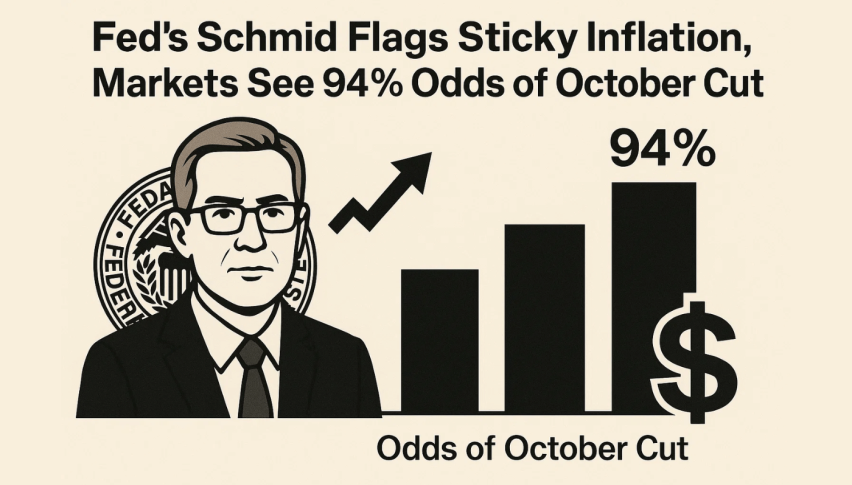Markets Brace for US NFP Employment Surprise After Weak ADP–What to Expect?
Markets are on edge today as investors await the rare Thursday release of US Non-Farm Payrolls and keep an eye on Switzerland's inflation...

Quick overview
- Markets are anxious as investors await the unusual Thursday release of US Non-Farm Payrolls due to the July 4 holiday.
- The June ADP employment report showed a significant decline, raising concerns about a potential downside surprise in the official NFP numbers.
- Consensus expectations for the NFP are around +110,000 jobs, with Goldman Sachs projecting a more cautious +85,000.
- Analysts anticipate a slight increase in the unemployment rate and stable wage growth, while the Federal Reserve closely monitors labor market signals.
Markets are on edge today as investors await the rare Thursday release of US Non-Farm Payrolls and keep an eye on Switzerland’s inflation trends.
US June Non-Farm Payrolls: A Rare Thursday Release
Today brings a special twist for traders: the US June non-farm payrolls report lands on a Thursday instead of the usual Friday, thanks to the July 4 Independence Day market closure. That timing quirk adds to the uncertainty for a labor market that is increasingly showing signs of strain.
Market participants were already rattled yesterday when the June ADP employment report came in at its weakest level since March 2023. The sustained weakness in ADP isn’t looking like a mere blip anymore, but rather a clearer downtrend developing over several months.
To make matters trickier, the usual pre-NFP ISM services employment number was not released before today’s print, depriving analysts of one last key signal. For now, the ADP data looms largest—and it’s a red flag that has traders primed for a possible downside surprise in the official numbers.
Historical Patterns and Expectations
Historically, June payroll data has been a mixed bag, with BMO noting a roughly 50/50 split between upside and downside surprises. But there’s an important nuance: when the number misses to the downside, those misses tend to be slightly larger.
Breaking it down further, 42% of past June unemployment rates have come in higher than expected, 27% lower than forecast, and 31% have landed right on consensus.
Forecast Divergence and Market Positioning
For today’s NFP release, the consensus is around +113,000 jobs, but heavyweight forecaster Goldman Sachs is much more cautious, projecting a notably softer +85,000.
Expectations around the unemployment rate suggest it will keep inching higher, while wage growth, though stable for now, is seen slowing further in coming months. Analysts expect headlines to focus on the impact of federal layoffs, adjustments in immigration policy, and the ongoing cooling in big data hiring signals.
Non-Farm Payrolls Preview – July 2025
The June U.S. Non-Farm Payrolls (NFP) report is set for release on Wednesday, July 3 at 8:30 am ET, a day earlier than usual due to the Independence Day holiday. Market participants are preparing for a potentially pivotal print as the Federal Reserve weighs its next policy steps amid slowing momentum in the labor market.
Consensus Expectations and Key Forecasts
The headline NFP consensus stands at +110,000 jobs, with a forecast range between +50,000 and +160,000. This would represent a deceleration from May’s gain of +139,000 jobs.
For the private payrolls component, expectations are for a softer +105,000 jobs, down from the prior +140,000.
The unemployment rate is expected to edge up slightly to 4.3%, compared to the prior month’s unrounded figure of 4.244%.
The labor force participation rate, which has remained sticky, previously stood at 62.4%, while the U6 underemployment rate was at 7.8% in May. Markets will be watching closely for any movement here, as broader measures of labor slack continue to attract Fed attention.
Wage and Hours Outlook
Wage growth is projected to hold steady. Average hourly earnings are expected to rise +0.3% month-over-month, matching May’s increase. On an annual basis, wage growth is forecast at +3.9% year-over-year, unchanged from the prior reading.
Average weekly hours worked are anticipated to remain flat at 34.3 hours, suggesting little change in demand for labor beyond headcount.
Labor Market Signals So Far This Month
Data released ahead of the NFP print has painted a mixed picture:
- The ADP employment report showed a surprising decline of 33,000 jobs, well below expectations of a +95,000 gain and marking the weakest print since 2023.
- ISM manufacturing employment fell to 45.0, down from 46.8—a three-month low, suggesting softening factory payrolls.
- Challenger job cuts were reported at 48,000, significantly lower than the 93,800 recorded in the prior month, which could indicate slowing layoffs.
- The Philadelphia Fed employment index collapsed to -9.8 from +16.5, its lowest level since 2020.
- In contrast, the Empire State employment component improved to +4.7 from -5.1, showing some regional resilience.
- Meanwhile, initial jobless claims during the survey week rose to 246,000, up from 226,000, reflecting an uptick in unemployment claims.
- The ISM services employment subindex has not yet been released and could provide a late signal ahead of the NFP.
Implications for the Federal Reserve and the Dollar
Markets see only about a 23% chance of a rate cut in July, but they’re already pricing in roughly 30 basis points of easing for September. It would probably take an outright negative jobs number today to meaningfully boost those July odds. Even then, some expect the Fed might dismiss a single very weak print as an outlier.
Meanwhile, the US dollar has been on the defensive, reflecting broad investor unease about slowing economic momentum and a perception that the Fed is creeping closer to rate cuts.
- Check out our free forex signals
- Follow the top economic events on FX Leaders economic calendar
- Trade better, discover more Forex Trading Strategies
- Open a FREE Trading Account


